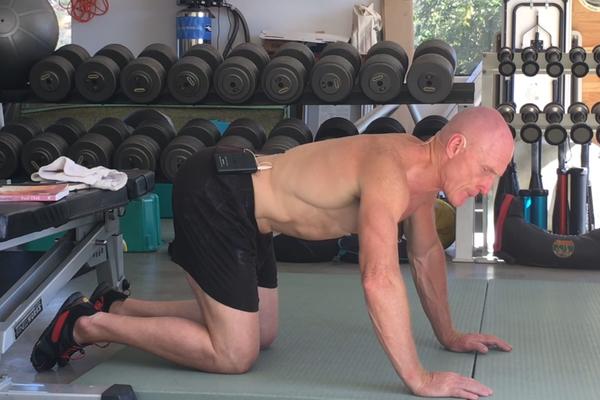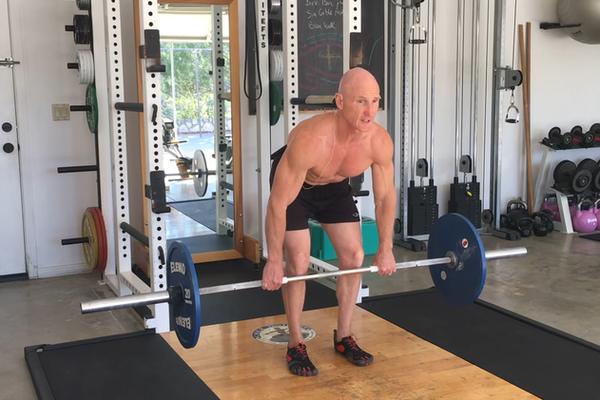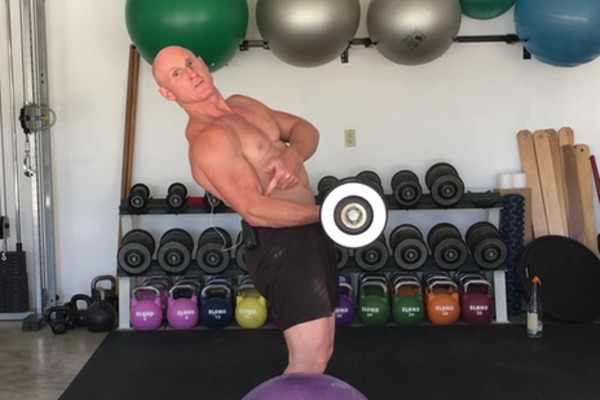The 4-Point Tummy Vacuum Exercise
by Paul Chek

For the next video in my Breathing Tips series, you’ll learn how to perform the 4-point tummy vacuum, an exercise focused on rehabbing breathing around the transverse abdominis muscle (TVA), plus strengthening the abdominal wall.
When you inhale, the abdominal wall should be relaxed. As you exhale, the TVA — the deep layer of the abdominal wall — will contract, especially when you’re under any level of exertion (you’ll push air out faster so you can speed up your breathing).
The TVA wraps around the transverse plane and acts like a natural girdle. The organs of digestion and elimination in your abdomen share a neurological connection with those muscles.
When you experience problems with your intestinal tract — small or large intestine, colon, stomach, bladder, spleen — those will create changes in the natural tone of the muscle and affect your ability to stabilize your spine and, potentially, to breathe optimally.
A lot of people have a hard time activating their abdominal wall. The longer it stays inhibited, the more you will develop faulty motor programs and the brain actually “forgets” how to use it.
For example, it’s like walking with a limp for a long time. You may have no pain many years later, but without proper rehabilitation, you’ll still be limping without pain because the nervous system developed faulty motor patterns.
In this case, your body “learns” how to compensate for the pain which disrupts your breathing patterns and core stability for many years.
The 4-point tummy vacuum is a simple exercise to treat breathing problems plus work on any issues with your abdominal wall. I like to see people do one set of 10 breaths, then build themselves up to three sets.
The more distended your abdomen is, in addition to your existing breathing challenges, the more often you should do it, up to three times every day.
People who have issues with breathing, core problems or visceroptosis may want to perform this exercise on alternating days if they experience any muscle soreness.
This exercise is one of many you’ll find in my book, How to Eat, Move and Be Healthy!.
Love and chi,
Paul


